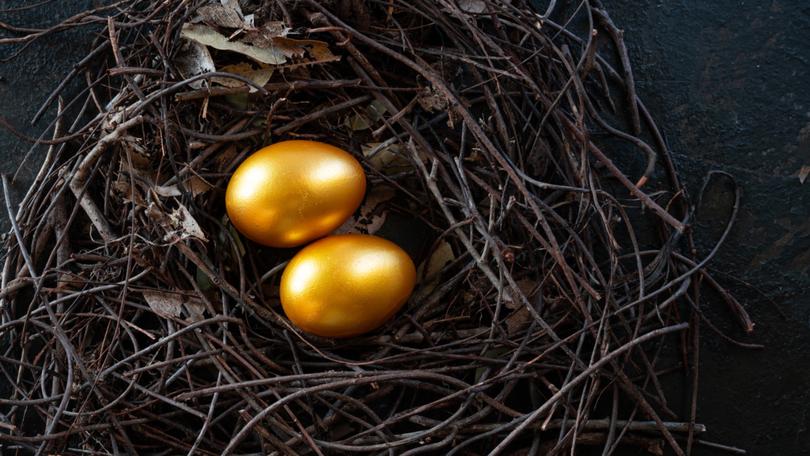Nick Bruining: Make hay while sun shines but be ready to safeguard superannuation in times of market mayhem

Last week’s market turmoil is a sober reminder that investors need to keep an eye on things, even if you’ve adopted a set-and-forget strategy, particularly in retirement.
Follow some simple tricks and it could see your money last longer than you think. And even though we’ve seen a partial recovery, some valuable lessons should be heeded.
For starters, no one saw the mini-crash coming. And that’s the point. No one ever does. They catch everyone by surprise.
Sign up to The Nightly's newsletters.
Get the first look at the digital newspaper, curated daily stories and breaking headlines delivered to your inbox.
By continuing you agree to our Terms and Privacy Policy.At best, experts can look at the market fundamentals, the surrounding economy and make observation-based recommendations.
For example, one measure of a stock looks at the price of a dividend-paying share and compares it to the earnings paid. Called the “price earnings” — or PE — ratio, some use it as one indicator to show when shares are generally under or over-valued.
According to Perth-based Market Index, the 40 year-plus average PE ratio for the Aussie share market is around 16. You might say that a market with a PE under the average indicates a good time to buy. Above average, it might be a time to sell.
During the global financial crisis in 2008, the PE ratio sank to about eight, and just prior to the COVID-19 pandemic, it toyed with a PE multiple of nearly 20. Post-pandemic it had been playing around the average of 16 until early this year, when things started to creep up.
As of July, the Aussie market’s PE ratio was around 27.
That’s one of the reasons why some experts have been suggesting that now is the time to be careful when it comes to investing in shares. They just might be a bit overvalued.
For those with superannuation funds — particularly in or close to retirement — the time might be right to gather the profits. That could be as simple as comparing your balance now to where it was a few months ago, and switching that profit to the cash option.
For retirees drawing money to live off, financial planners suggest you take your regular pension payments from the cash option. With the now-replenished cash pool, that should be enough for the next few months or years. That’s because the value of the cash option never falls, except for what you withdraw and spend.
And no, that’s not what happens in a unitised super fund, even one that’s called “capital stable” or “conservative”. If, like many, your retirement savings have been invested in one of these diversified options, it pays to understand how unit pricing works.
Let’s say your conservative fund has an allocation of 60 per cent of the money set to a “defensive” or safe options and 40 per cent to growth options. You might substitute the word “safe” for defensive and “risky” for growth, because that’s what happens.
In a simplified example, we might say that the growth assets are predominantly in shares, both Aussie and international.
Let’s say that last week you had a $1000 pension payment due and, conveniently, the unit price the week before was exactly $1. The unit price reflects the real time value of the underlying assets of that fund.
Simple maths really, but to fund your $1000 payment, the fund manager needed to sell the underlying assets to have the cash to cash in 1000 units at $1 each.
But let’s say the payment didn’t occur until last Tuesday — the day the markets dropped about 7 per cent. With 40 per cent of your money in shares, your total conservative super fund fell in value by 2.8 per cent. Your $1 units were now worth 97.2¢.
In order to make up your $1000 payment, the fund manager now needs to crystallise the 2.8 per cent loss and, instead, cash in about 1029 units to fund the payment. Again, funded by selling some of the underlying assets.
The bottom line for you is that you now have fewer units than if the payment had gone through the week before. Fewer units to benefit from the recovery, when it occurs.
And that’s why planners talk about cashing in profits when they are there and drawing the payments from cash.
In six months time when you look again, you can decide whether to sit tight or to cash in more profit. If the market has tanked, then you can sit tight.
Ideally, you’ll have a couple of years of expenses parked in cash for that very reason and you can wait for the inevitable market recovery.
Nick Bruining is an independent financial adviser and a member of the Certified Independent Financial Advisers Association

